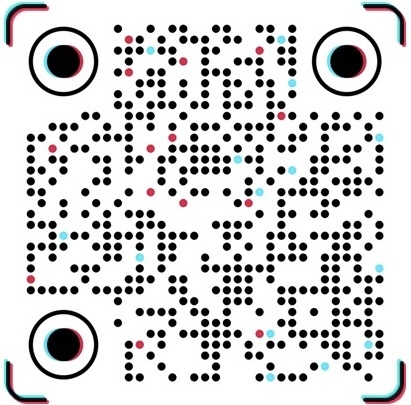Poor anti-glare performance in anti-glare glass? Buyers' tips on controlling light transmittance and haze—Guangzhou-based custom manufacturer of anti-glare glass
Release time:
Nov 11,2025
Exhibition halls and monitoring rooms often encounter issues such as severe glare, low light transmittance, and blurry images when purchasing anti-glare glass, which negatively impact the user experience.

Anti-glare glass features an anti-glare coating and haze value; high-quality products have a haze level of 8-15% and a light transmittance of ≥75%.
Key procurement control points: First, conduct on-site testing—under bright lighting, there should be no noticeable glare, and the image clarity must remain intact without any degradation.
Second, check the coating adhesion—alcohol wiping reveals no peeling, and the abrasion resistance reaches 4H. Third, consider the application scenario: for showrooms, choose a highly transparent, anti-glare option; for monitoring rooms, opt for a combination model featuring both anti-glare and anti-peep functionalities.

Suitable scenarios: Choose ultra-thin anti-glare for LED display covers, and opt for anti-glare, extra-white glass for museum display cases.
Avoid low-priced products being disguised as frosted glass—require the provision of haze and light transmittance test reports.
#Anti-Glare Glass #Anti-Glare Glass Procurement #Showroom Glass #Monitoring Room Glass #Low-Reflectance Glass
Related News
Share to
Fill in your requirements
Copyright © 2024 China Guangdong Haibo Safety glass Technology Co., Ltd
COOKIES
Our website uses cookies and similar technologies to personalize the advertising shown to you and to help you get the best experience on our website. For more information, see our Privacy & Cookie Policy
COOKIES
Our website uses cookies and similar technologies to personalize the advertising shown to you and to help you get the best experience on our website. For more information, see our Privacy & Cookie Policy
These cookies are necessary for basic functions such as payment. Standard cookies cannot be turned off and do not store any of your information.
These cookies collect information, such as how many people are using our site or which pages are popular, to help us improve the customer experience. Turning these cookies off will mean we can't collect information to improve your experience.
These cookies enable the website to provide enhanced functionality and personalization. They may be set by us or by third-party providers whose services we have added to our pages. If you do not allow these cookies, some or all of these services may not function properly.
These cookies help us understand what you are interested in so that we can show you relevant advertising on other websites. Turning these cookies off will mean we are unable to show you any personalized advertising.








